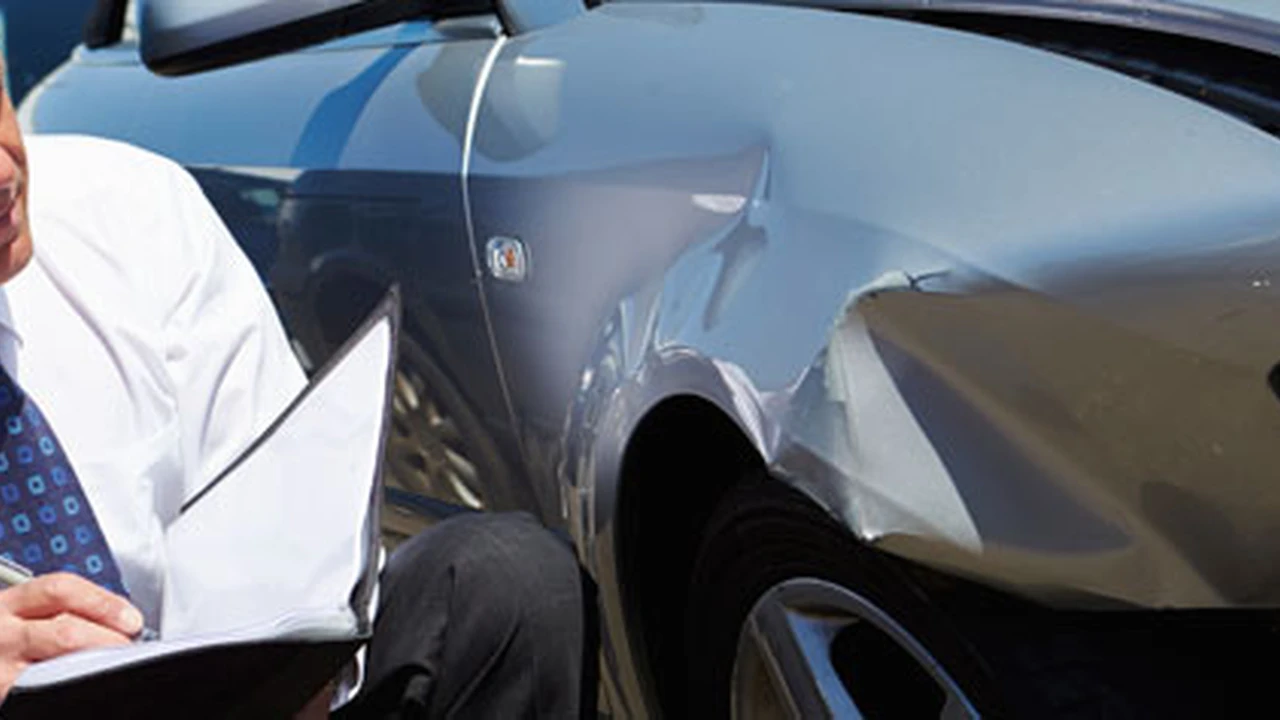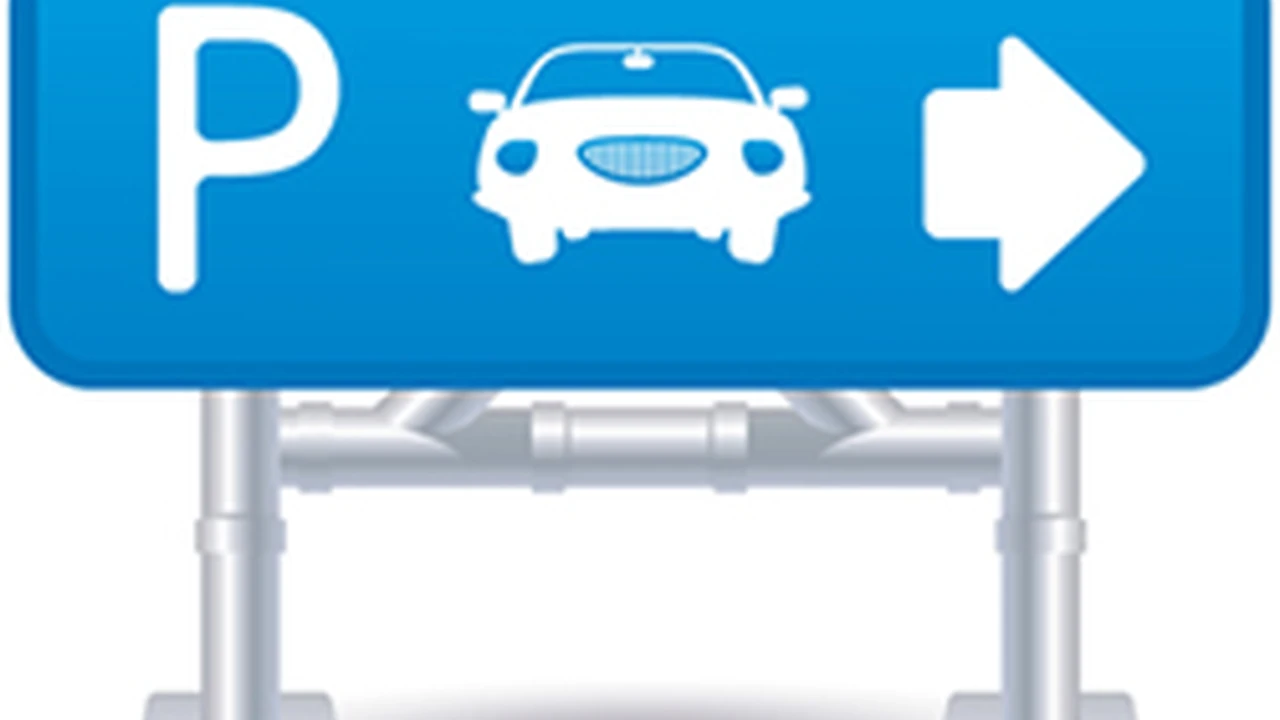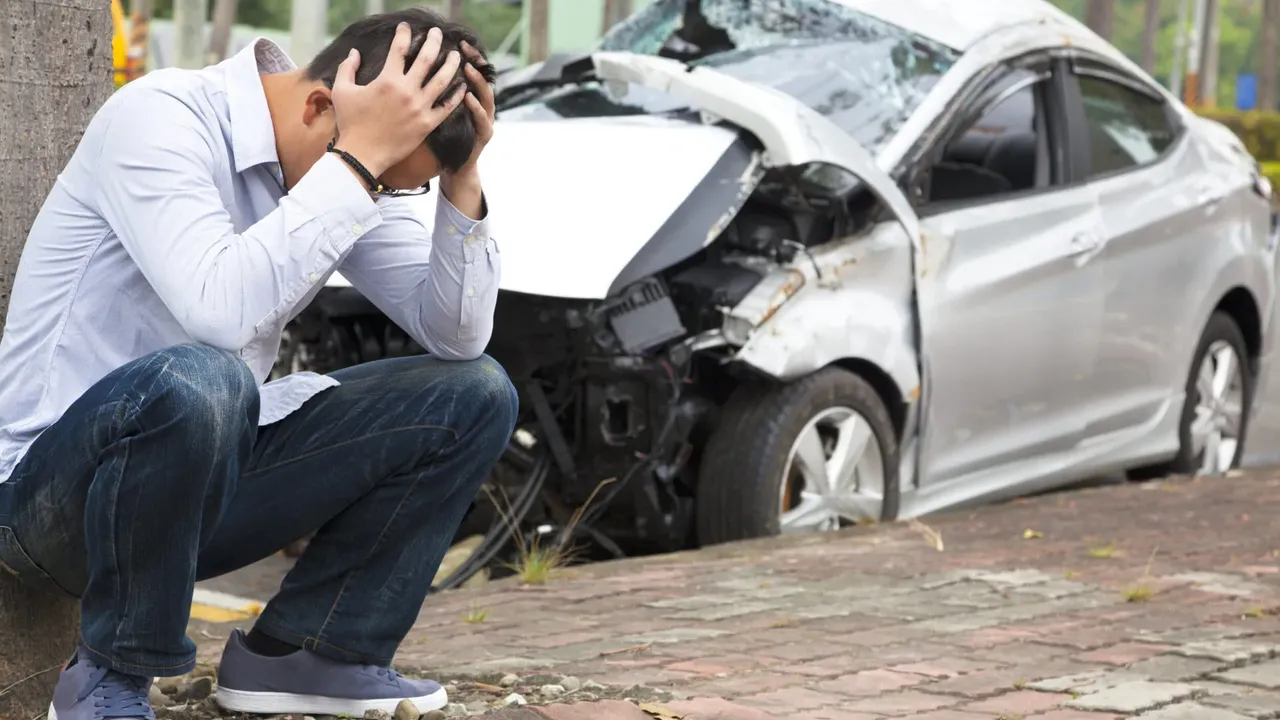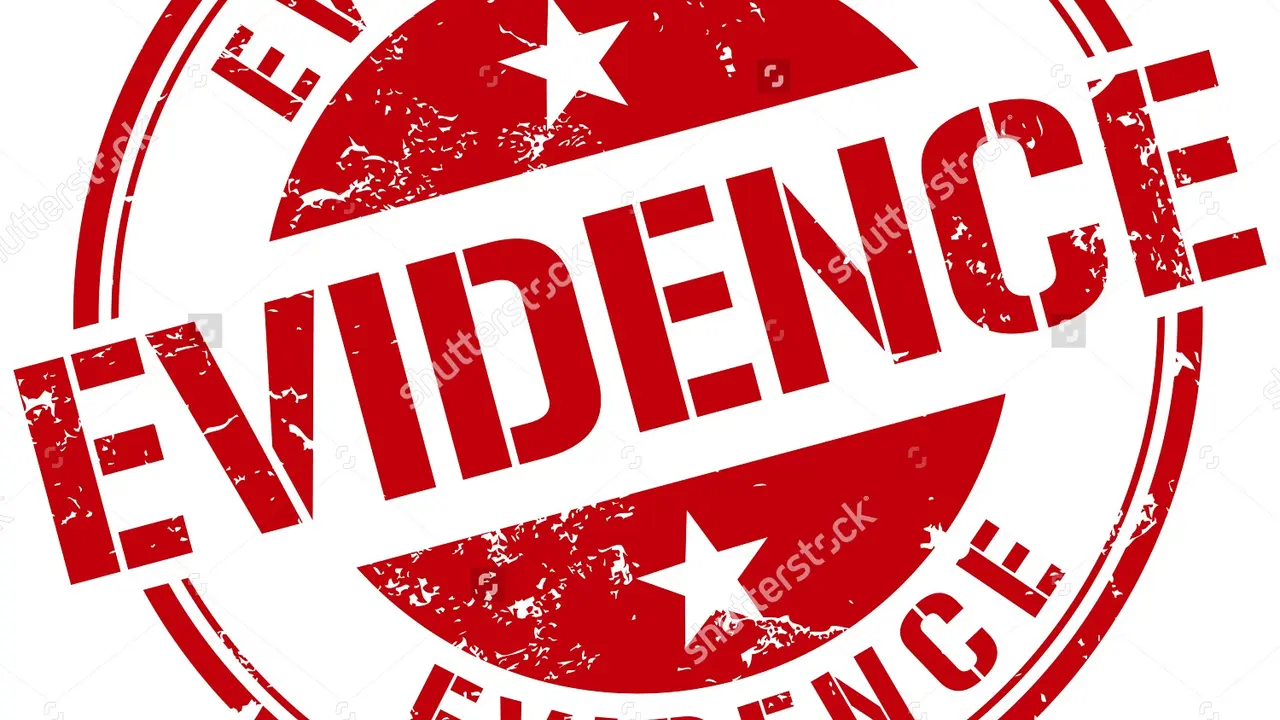FAQ: What Is the Difference Between Bodily Injury and Property Damage?

Understanding Bodily Injury Liability Insurance Coverage for Car Accidents
Okay, let's break down bodily injury liability insurance. Simply put, it covers the costs if you're at fault in a car accident and someone else gets hurt. We're talking medical bills, rehabilitation, lost wages, even pain and suffering. Imagine you rear-end someone, and they need surgery and can't work for a few months. Your bodily injury liability insurance steps in to cover those expenses, up to your policy limits.
It's crucial to have adequate coverage. The minimum required by law in your state might not be enough. Think about it: medical costs can skyrocket quickly, and you don't want to be personally liable for the difference if your insurance doesn't cover everything. Consider increasing your coverage limits to protect your assets. Also, remember that bodily injury liability insurance only covers the *other* person's injuries, not your own. You'll need other types of coverage for that, which we'll get into later.
Property Damage Liability Insurance Explained for Car Insurance Claims
Now, let's switch gears and talk about property damage liability insurance. This covers the costs if you're at fault in a car accident and damage someone else's property. The most common scenario is damage to their car, but it could also include things like fences, mailboxes, or even buildings. Picture this: you accidentally back into someone's garage door. Property damage liability insurance will help pay for the repairs.
Similar to bodily injury, it's vital to have enough coverage. The cost of repairing or replacing a vehicle can be significant, especially with newer cars packed with expensive technology. And again, the state minimum might not be sufficient. Think about the potential cost of replacing a brand new luxury car versus an older, more basic model. Your coverage needs to reflect the potential risks. Just like bodily injury, this only covers damage *you* cause to *other people's* property. Damage to your own car requires collision or comprehensive coverage.
Key Differences Bodily Injury vs Property Damage Car Insurance Coverage
So, what's the main difference? Bodily injury covers injuries to people, while property damage covers damage to things. Bodily injury deals with medical bills, lost wages, and pain and suffering. Property damage deals with repair costs, replacement costs, and the value of damaged property. One focuses on the well-being of individuals, the other on the integrity of possessions.
Think of it this way: if someone gets hurt because of your actions behind the wheel, bodily injury kicks in. If something gets broken or damaged because of your actions, property damage kicks in. Both are essential components of a well-rounded car insurance policy. They work together to protect you financially in case of an accident where you're at fault.
Scenarios and Examples Car Accident Liability Insurance in Action
Let's look at some real-world scenarios. Imagine you run a red light and T-bone another car. The driver of the other car suffers a broken arm and their car is totaled. Your bodily injury liability insurance would cover their medical bills and lost wages due to the broken arm. Your property damage liability insurance would cover the cost of repairing or replacing their car.
Another example: You're driving in a snowstorm and slide into a parked car, damaging its bumper and fender. Your property damage liability insurance would cover the cost of repairing the damage to the parked car. Or, you're distracted and sideswipe a motorcycle, causing the rider to be thrown off and suffer injuries. Bodily injury would cover the rider's medical expenses, and property damage would cover the damage to the motorcycle.
These scenarios highlight the importance of having both types of coverage and adequate limits. Without them, you could be facing significant out-of-pocket expenses and potential legal action.
Recommended Dash Cams for Accident Documentation and Liability Disputes
Okay, let's talk about some helpful products that can assist in insurance claims and liability disputes: dash cams! A good dash cam can provide crucial evidence in the event of an accident, helping to determine fault and protect you from fraudulent claims. Here are a few recommendations, considering different needs and budgets:
Vantrue N4 3 Channel Dash Cam Best Overall Dash Cam
The Vantrue N4 is a top-of-the-line dash cam that records in 4K resolution, providing crystal-clear footage. It has three cameras: one facing forward, one facing the interior, and one facing rearward. This gives you complete coverage of everything happening around your vehicle. It also features night vision, loop recording, parking mode, and GPS. It’s a bit pricier, but worth it for the comprehensive coverage and high-quality footage.
Use Case: Ideal for rideshare drivers, families, or anyone who wants the most comprehensive protection possible. The interior-facing camera is particularly useful for rideshare drivers to document passenger behavior.
Comparison: Compared to the Garmin Dash Cam 67W, the Vantrue N4 offers a third camera for interior recording, making it more versatile. However, the Garmin is more compact and discreet.
Price: Around $300-$350.
Garmin Dash Cam 67W Compact and Reliable Dash Cam
The Garmin Dash Cam 67W is a smaller, more discreet option that still provides excellent video quality. It records in 1440p resolution and has a wide 180-degree field of view. It also features voice control, automatic incident detection, and parking mode. It's a great choice if you want a reliable dash cam without taking up too much space on your windshield.
Use Case: Perfect for everyday drivers who want a simple and reliable dash cam without all the bells and whistles. Its compact size makes it less noticeable.
Comparison: Compared to the Nextbase 522GW, the Garmin is more user-friendly and has better image quality. However, the Nextbase offers a wider range of modular accessories.
Price: Around $200-$250.
Nextbase 522GW Modular and Feature-Rich Dash Cam
The Nextbase 522GW is a feature-rich dash cam that offers a wide range of modular accessories, such as a rear-view camera, cabin view camera, and hardwire kit. It records in 1440p resolution and has a built-in emergency SOS feature that can automatically alert emergency services in the event of an accident. It's a good choice if you want a dash cam that can be customized to your specific needs.
Use Case: Suitable for drivers who want a dash cam that can be expanded with additional features and accessories. The emergency SOS feature provides added peace of mind.
Comparison: Compared to the Thinkware F200 Pro, the Nextbase offers a more user-friendly interface and a wider range of accessories. However, the Thinkware is known for its reliability and excellent parking mode features.
Price: Around $200-$250 (excluding accessories).
Thinkware F200 Pro Reliable and Discreet Dash Cam with Parking Mode
The Thinkware F200 Pro is a reliable and discreet dash cam that excels in parking mode. It records in 1080p resolution and has a wide 140-degree field of view. Its parking mode uses motion detection and impact detection to record events while your car is parked, providing valuable evidence in case of vandalism or hit-and-run accidents. It's a great choice if you're concerned about your car's safety while it's parked.
Use Case: Ideal for drivers who live in areas with high rates of vandalism or theft, or who frequently park their cars in public places.
Comparison: Compared to the BlackVue DR750X-2CH, the Thinkware is more affordable and easier to use. However, the BlackVue offers higher resolution recording and cloud connectivity.
Price: Around $150-$200.
Product Comparison Table Dash Cam Features and Prices
Here's a quick comparison table to help you decide which dash cam is right for you:
| Dash Cam | Resolution | Features | Price | Use Case |
|---|---|---|---|---|
| Vantrue N4 | 4K | 3 Channels, Night Vision, GPS, Parking Mode | $300-$350 | Rideshare, Families |
| Garmin Dash Cam 67W | 1440p | Voice Control, Incident Detection, Parking Mode | $200-$250 | Everyday Drivers |
| Nextbase 522GW | 1440p | Modular Accessories, Emergency SOS | $200-$250 | Customizable Needs |
| Thinkware F200 Pro | 1080p | Parking Mode, Discreet Design | $150-$200 | Parking Security |
Understanding Policy Limits and Choosing the Right Coverage
Choosing the right coverage limits for your bodily injury and property damage liability insurance is crucial. The minimum limits required by your state might not be enough to cover the full extent of damages in a serious accident. Consider your assets and potential liabilities when making your decision.
For example, if you have significant savings, a home, or other valuable assets, you'll want to have higher coverage limits to protect them from being seized in a lawsuit. It's generally recommended to have at least $100,000 per person and $300,000 per accident for bodily injury liability, and at least $50,000 for property damage liability. However, you may want to consider even higher limits if you can afford them.
Talk to your insurance agent to discuss your specific needs and get recommendations for appropriate coverage limits. They can help you assess your risks and choose a policy that provides adequate protection.
The Role of Uninsured and Underinsured Motorist Coverage
While bodily injury and property damage liability insurance protect you when you're at fault, uninsured and underinsured motorist coverage protects you when *the other driver* is at fault and either doesn't have insurance or doesn't have enough insurance to cover your damages.
Uninsured motorist coverage pays for your medical bills, lost wages, and pain and suffering if you're injured by an uninsured driver. Underinsured motorist coverage pays for these expenses if the at-fault driver's insurance policy limits are too low to cover your damages.
This coverage is especially important because a significant percentage of drivers are uninsured or underinsured. It provides a crucial safety net in case you're involved in an accident with one of these drivers.
Navigating the Claims Process After a Car Accident
After a car accident, it's important to follow these steps to ensure a smooth claims process:
- Ensure Safety and Exchange Information: Check for injuries and call 911 if necessary. Exchange insurance information with the other driver.
- Document the Scene: Take photos of the damage to all vehicles involved, as well as any visible injuries. Get contact information from any witnesses.
- Report the Accident: Notify your insurance company and the police as soon as possible.
- Seek Medical Attention: Get checked out by a doctor, even if you don't think you're seriously injured. Some injuries may not be immediately apparent.
- File a Claim: File a claim with your insurance company, providing all relevant information and documentation.
- Cooperate with the Investigation: Cooperate with the insurance adjuster's investigation, providing any requested information and documentation.
- Consult with an Attorney: If you're seriously injured or have difficulty dealing with the insurance company, consult with an attorney.
By following these steps, you can increase your chances of a successful claim and ensure that you receive the compensation you deserve.
Additional Resources for Car Insurance Claim Information
There are many resources available online and in your community that can provide you with more information about car insurance claims. Here are a few examples:
- Your Insurance Company's Website: Most insurance companies have comprehensive websites with information about their policies, claims process, and frequently asked questions.
- State Insurance Department: Your state insurance department can provide you with information about state laws and regulations related to car insurance.
- Consumer Protection Agencies: Consumer protection agencies can help you resolve disputes with insurance companies.
- Legal Aid Organizations: Legal aid organizations can provide free or low-cost legal assistance to low-income individuals.
- Online Forums and Communities: Online forums and communities can provide you with valuable insights and advice from other drivers who have gone through the claims process.
By utilizing these resources, you can become more informed about car insurance claims and protect your rights.
:max_bytes(150000):strip_icc()/277019-baked-pork-chops-with-cream-of-mushroom-soup-DDMFS-beauty-4x3-BG-7505-5762b731cf30447d9cbbbbbf387beafa.jpg)






